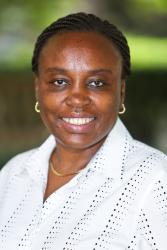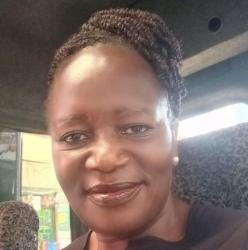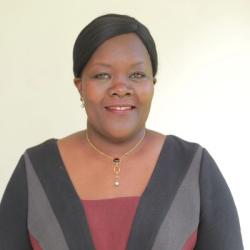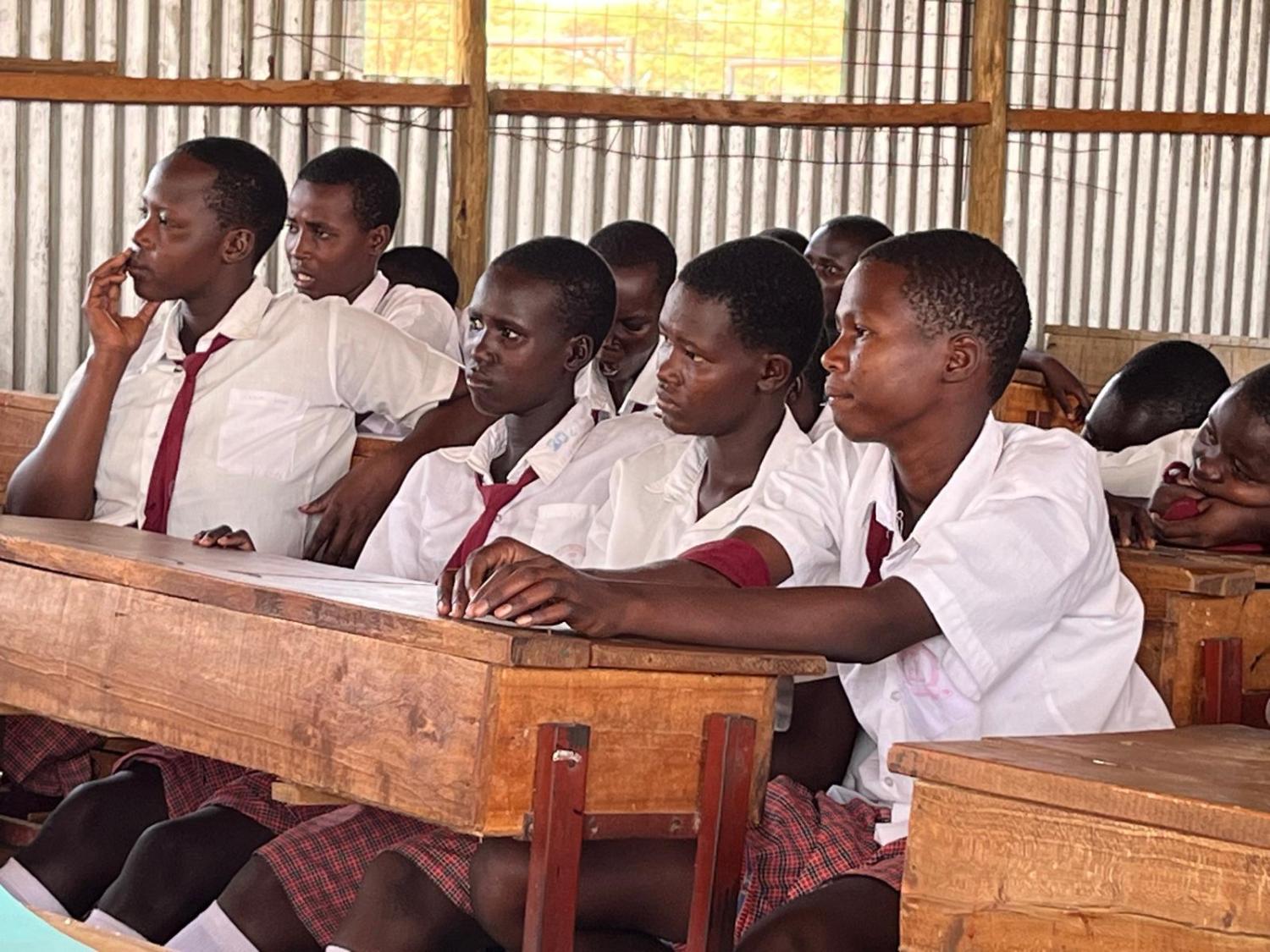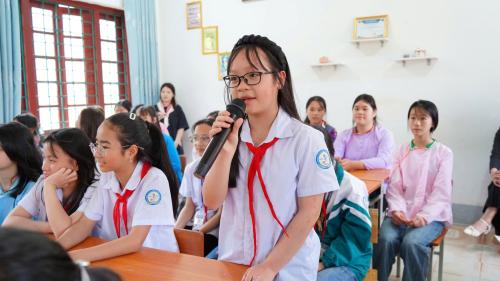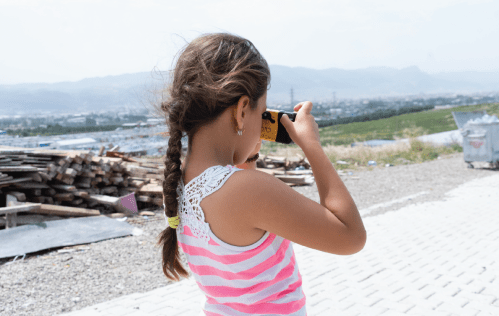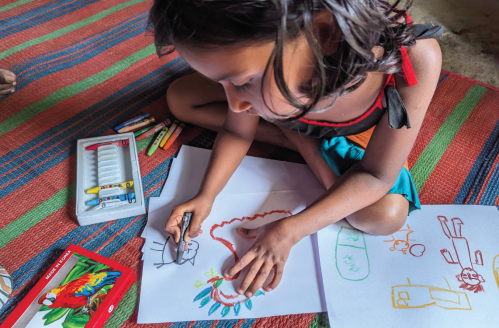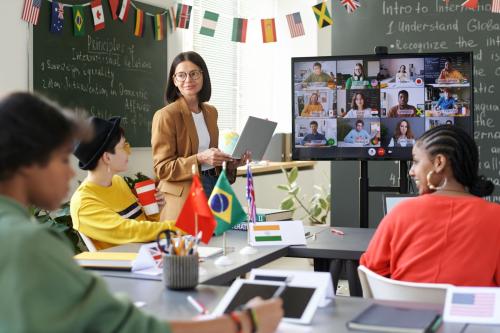For adolescent girls living in highly marginalized contexts, agency is lived as part of an everyday struggle. Girls and young women make decisions about their lives, in conscious ways and foreseeing their futures, while simultaneously navigating larger social structures, norms, and systems. Yet the agency of girls and young women living in marginalized contexts is often misunderstood, unrecognized, underdeveloped, and/or actively stifled. Adolescent girls may have their own definitions of agency, and their own understandings of marginalization, making it vital that efforts to promote agency in marginalized contexts start with girls themselves.
The current report is our effort to do just that, as we share the results of two years of participatory, collaborative, and action-oriented research conducted by members of the Learning and Action Alliance for Girls’ Agency (LAAGA) with girls living along the Kenya and Uganda border. We outline the context of the Karamoja Cluster, describe our girl-centered methodological approach, share what we have learned from and with girls in the region, and propose priorities and strategies to mobilize actors to transform systems with and for girls’ agency.
The girls in the Karamoja Cluster defined agency as the ability to be free to do what one wants or be who one wants to be. All girls strive to be seen as akemuken, someone who takes action to achieve their goals against all odds. This definition of agency highlights its individual, relational, and systemic nature.
- Self-belief, goal setting, leadership, advocacy, perseverance, resilience, and economic independence were seen as key characteristics of being akemuken.
- Girls’ primary goal was to complete their education, and being in school was both reflective and supportive of agency.
- Agency was both supported and suppressed in different spaces and by different actors. Women, especially mothers, played a crucial support role, while sexual violence and harassment were key constraints.
- Poverty was identified as the greatest barrier to girls’ (and communities’) agency. Poverty increases insecurity, limits the support families and communities can provide, pushes girls out of school, and places girls in unsafe situations, including early marriage and transactional sex.
Collaboration and coordinated efforts are needed across local and global systems to address barriers and promote the individual, relational and systemic nature of agency. This means working with girls, their families and peers; educators and community leaders; activists and program implementers; researchers and funders; and politicians and policymakers to address, at a minimum, five priority action areas:
- Promoting the development of girls’ knowledge, skills and beliefs for agency.
- Strengthening girls’ agency champions and networks.
- Promoting youth connection and centering youth voice and agency in the community.
- Guaranteeing girls’ health and safety.
- Ensuring economic livelihoods for girls, families & communities.
We hope this work will provide insight and direction for those who are committed to the well-being of adolescent girls and their communities in Kenya and Uganda (and beyond). We all have something to learn–and do–to more effectively engage adolescent girls, strengthen their agency to resist exclusion, and work together towards more equitable societies.
The Brookings Institution is committed to quality, independence, and impact.
We are supported by a diverse array of funders. In line with our values and policies, each Brookings publication represents the sole views of its author(s).
